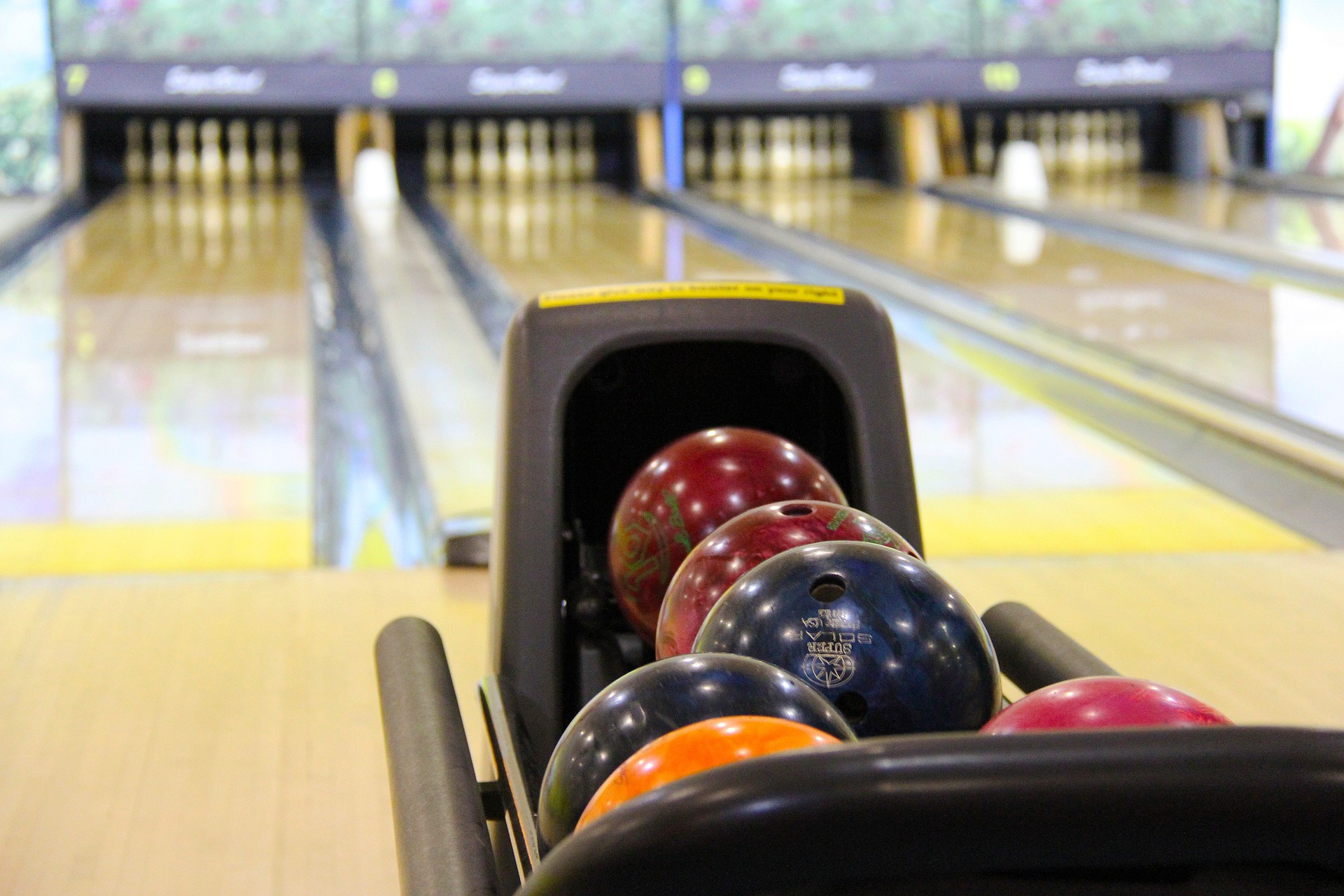I joined the bowling league in high school. I learned how to bowl as a child at the Navy Base’s bowling alley over many summers. By joining the team, I hoped to improve my low bowling skills. During practice for the second throw, I would line up, walk a few steps, and put the ball in motion. The warbling sound of the ball rolling down the polished alley echoed in the noisy room. Finally, the ball would pass the lone pin by an inch. My body contorted, and my hip shot to the side, hoping that movement would coax the ball close enough to hit the pin. As you would expect, my throw missed the pin, and a miss in bowling doesn’t count. The same is true for fighting.
Avoiding hits doesn’t require over-compensation. The mistake most beginners make is fleeing from the attack by a wide margin. This flight instinct places them at a considerable distance from the attacker. In human-survival logic, being far from danger is better than being close. However, martial arts proposes the opposite reaction to threat.
An Inch Versus A Mile
Miss by an inch or miss by a mile; they are both the same. However, a miss by an inch keeps you in range for a counterattack and control over your opponent. You spend a lot of energy trying to move far away. Conserve your energy and advance what is required to avoid the attack (such as slips, redirects, and absorbing). Don’t read this the wrong way, do proper defensive maneuvers. There is no shame in setting up redundant defenses and responses.
A Step And A Pat
For example, Punch Defense 7 illustrates this concept. Pat the attack and redirect it. Move out of the way and get off the line. The final moves are a sidekick, a spinning sidekick, and a retreat defensively. The first fade creates a miss by bringing your body off the line of attack. The double pat is a redundant defensive shield to redirect the attack and check its countering potential.
Practice The Slip
When working with your partner, explore the ranges of movement. Try to step farther away from the opponent. Can you reach them with the pats or the kick? Now try to step closer, or don’t move off the line. Are you run over by the assault? Can you avoid the attack? Kempo is a subtle art. It’s full of fine adjustments and biomechanical manipulations. You must develop a sense of the proper position without measuring or calculating.
With your partner, practice the opening move using slips and repositioning to develop a good sense of spacing and timing. The slip adjusts your weight to one leg or the other, moving the head too. It sets up a natural counter hook and keeps the head off the line of attack.
Exploration and adaptation are the hallmarks of Kempo. Our training motto is to explore, experiment, and evolve. Exploring your techniques is the best way to become a great Kempo artist. Use the partner drills as a time to fine-tune your movements. Also, change partners so you can do all your techniques on different body types. When combined with checking or shielding, any technique can become a great neutralizer of an opponent’s ability to counter.
Did you miss the point of t his article? Read another article on a related topic, Like a Matador. If you want to slip, bob, and weave with the best, enroll in our kickboxing program now. Classes start each month, so there’s no excuse to wait.

